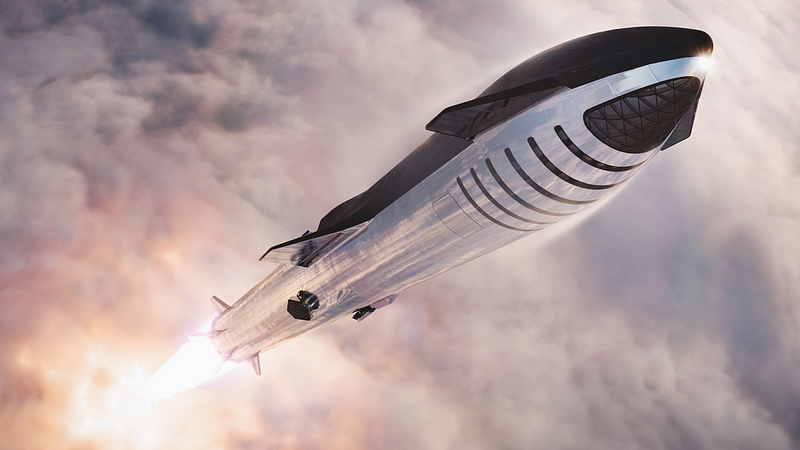SpaceX's Starship Launch Sparks Controversy: A Legal Challenge
Written on
Chapter 1: Introduction to the Launch Incident
On April 20, 2023, SpaceX's Starship, the largest rocket ever built, attempted its first orbital test launch. Although the rocket didn't reach orbit and had to self-destruct due to a failure in the first stage separation, SpaceX considers the event a success as it generated valuable data for future tests. However, the launch resulted in significant destruction of the launchpad, releasing debris and pollutants over a vast area. This contamination prompted the FAA to suspend Starship operations until it can ascertain the reasons behind the launchpad's collapse—a process expected to take up to a year.
In response to the environmental impact, several conservation, ecological, and cultural organizations surrounding SpaceX's Boca Chica, Texas launch site have initiated legal action against the FAA. They argue that the FAA irresponsibly allowed SpaceX to proceed with the launch, endangering local ecosystems and the health of nearby residents.
Section 1.1: The Launchpad's Failure
To understand the launchpad's destruction, it’s essential to note that most rockets employ fire trenches that disperse the intense rocket exhaust safely. In contrast, SpaceX opted for a water-cooled steel plate, a decision likely motivated by cost and planning ease. Unfortunately, this unconventional choice led to the launchpad’s catastrophic failure.
Musk chose April 20 for the launch—an obvious nod to a popular meme. While the rocket and tower were ready, the steel plate was not fully prepared. Instead of postponing the launch, the team analyzed data from a static fire test conducted at half-thrust and decided the bare concrete pad could handle a full launch. However, with Starship generating twice the thrust of NASA's Space Launch System (SLS), the result was predictable: the launchpad was obliterated, creating a crater that reached down to the soil.
Subsection 1.1.1: Environmental Consequences

The explosion sent pulverized concrete and soil particles flying for miles, contaminating the environment and posing severe risks to public health. Concrete contains silica, and certain soils can harbor high levels of heavy metals. The resulting dust could harm local wildlife and humans alike. Silica dust can lead to respiratory issues in animals, while heavy metals can have lethal effects when inhaled.
This poses a significant threat not only to human health but also to the federally protected local ecosystems, which are vital for endangered species like Kemp’s ridley sea turtles and ocelots. Thus, Musk's decisions have endangered both local wildlife and nearby communities, raising concerns about the FAA's oversight.
Section 1.2: Legal Action Against the FAA
In light of the potential environmental damage, organizations such as The Center for Biological Diversity and the American Bird Conservancy have banded together to sue the FAA. They claim that the FAA failed to conduct a thorough evaluation of the launch's potential adverse effects.
Musk has claimed that there has been no significant environmental damage, yet SpaceX has not implemented regular environmental monitoring. Although the U.S. Fish and Wildlife Service searched for endangered species carcasses, their access was delayed, making it hard to assess the actual impact.
Chapter 2: Implications for Future Launches
In light of the incident, the implications of Musk's approach to launching Starship are significant. Should these environmental concerns persist, the cumulative impact of multiple launches could lead to severe ecological consequences.
As SpaceX looks to ramp up Starship launches to support its ambitions in space and the Starlink project, the question remains: will the FAA ensure that environmental safeguards are in place? It is crucial for both SpaceX and the FAA to learn from this incident and ensure that future tests are conducted with greater care, balancing the pursuit of space exploration with the preservation of our planet.
In conclusion, while reaching for the stars is a noble goal, it cannot come at the expense of Earth's ecological integrity. Protecting our only home is paramount as we navigate the future of space exploration.